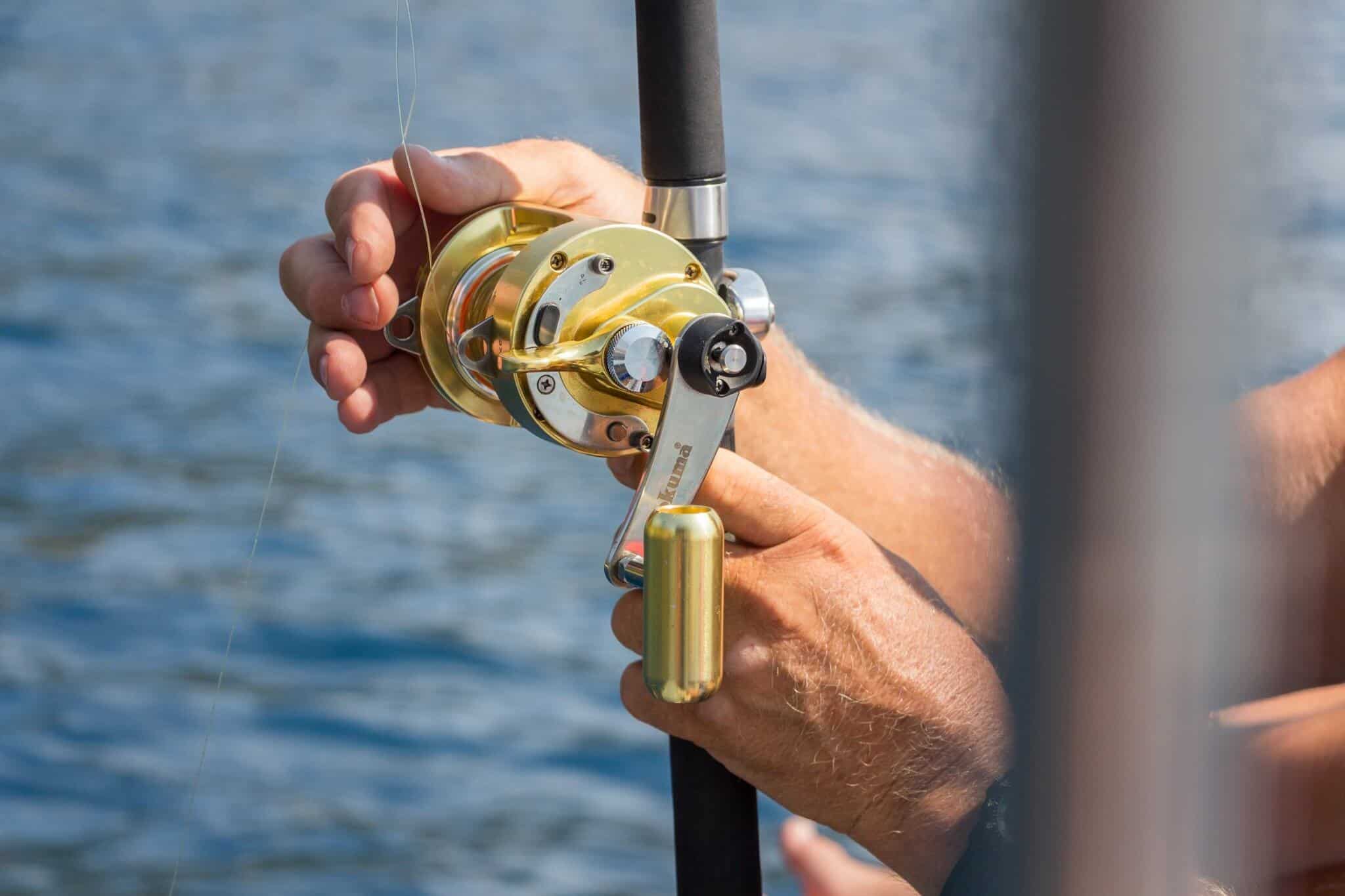Best Fishing Gear For Salmon

Best Fishing Gear For Salmon
Introduction
Fishing is one of the most popular outdoor activities enjoyed by people of all ages, and salmon is one of the most sought-after game fish. Whether you’re a novice angler or an experienced fisherman, having the right gear is essential for a successful salmon fishing excursion. Knowing what type of gear to bring on your fishing trip can be the difference between returning home with a big catch or with an empty net. From the right type of rod and reel combination to the best lures, hooks and bait, here’s a look at the best fishing gear for salmon.
Rod and Reel
Choosing the right type of rod and reel combination is essential for a successful salmon fishing trip. A good rod and reel should be lightweight and durable, and should have enough power to handle the size of the salmon you’re fishing for. Spinning rods and reels are the most popular type of gear for salmon fishing, as they’re easy to use and allow for a smooth, efficient cast. When choosing a rod and reel, look for one with an extra-long handle for added control, and a drag system with a smooth, adjustable tension for fewer line breaks and better control.
Line and Leader
The type of line and leader you use is also important for successful salmon fishing. The line should be strong and durable, and should have a breaking strength of at least 15 pounds. As for the leader, monofilament line is the best choice. Monofilament line is flexible and has good abrasion resistance, which makes it ideal for salmon fishing. A leader of 10 to 15 feet is a good choice, as it gives you more control while avoiding spooking the fish. When choosing a line, look for one that has a low visibility, as this will help to reduce the chances of scaring away the salmon.
Lures and Bait
When choosing lures and bait for salmon fishing, there are a few things to consider. Lures should be designed for the type of salmon you’re fishing for, as well as the water conditions. Common lure types for salmon fishing include spinners, spoons, jigs, plugs and crankbaits. When it comes to bait, salmon prefer baitfish, such as smelt and herring. Live bait should be used when possible, as this will increase your chances of catching a fish. However, if you’re fishing in an area where live bait is not available, artificial bait is an acceptable substitute.
Hooks and Weights
When setting up your line, it’s important to use the right type of hooks and weights. For salmon fishing, a good choice is a circle hook, as they’re designed to be self-setting and require less effort to set the hook. As for weights, the type of weight you use will depend on the type of salmon you’re fishing for. If you’re fishing in shallow water, a split shot weight is a good choice, as it will keep your bait near the bottom without snagging on the bottom. If you’re fishing in deep water, a sliding sinker is the best choice, as it will allow you to control the depth of your bait.
Net and Tackle Box
Having a good net and tackle box is also essential for a successful salmon fishing trip. A good net should be lightweight, strong and durable, and should have a long handle for easy maneuverability. As for the tackle box, it should be large enough to store all of your gear, and should be waterproof to protect your lures and bait. Having a tackle box with multiple compartments is also a good idea, as this will help to keep your gear organized and make it easier to find.
Conclusion
Fishing for salmon can be a rewarding and exciting experience, but it requires the right gear. From the right type of rod and reel to the best lures, hooks and bait, having the right gear is essential for a successful fishing trip. Knowing what type of gear to bring on your salmon fishing excursion can be the difference between returning home with a big catch or with an empty net.